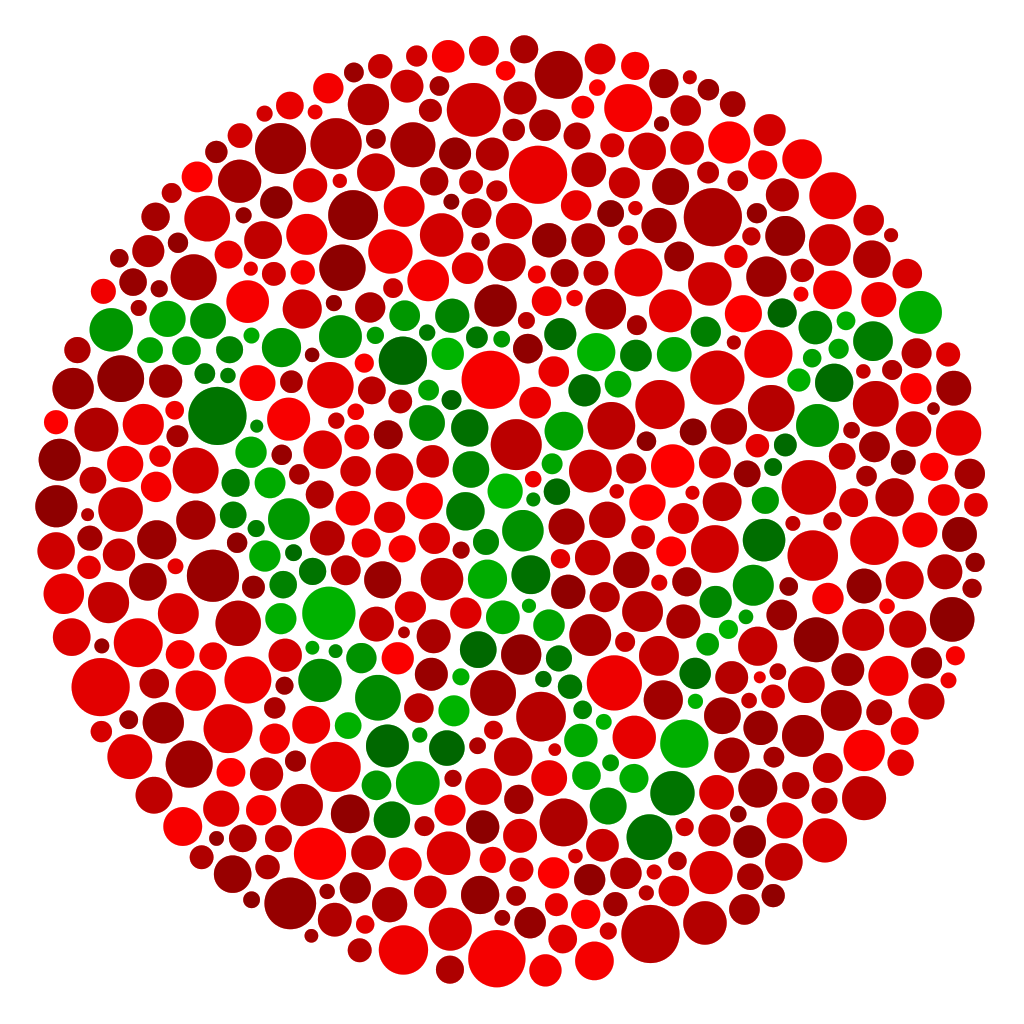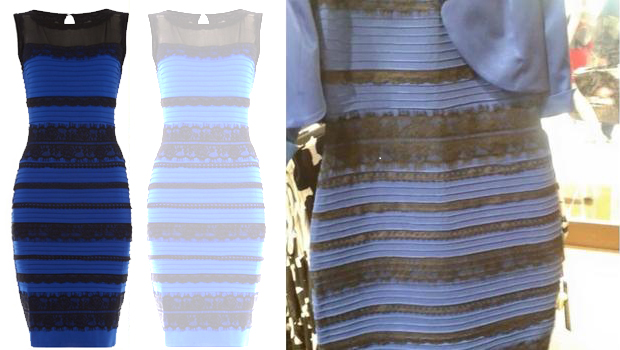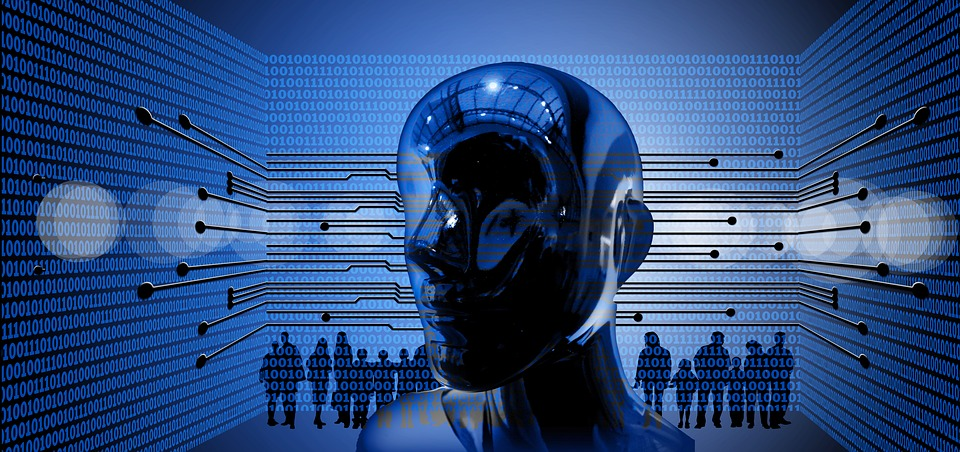Is Your Red My Red?
by Andy Boyd
Today, seeing red. The University of Houston presents this series about the machines that make our civilization run, and the people whose ingenuity created them.
It's a question first year philosophy students are frequently confronted with. When you and I look at the same red object - and we both agree it's red - how do we know we're experiencing the same color? Perhaps what you experience as red I would call green. It's a fascinating question since there are so many ways to, well, look at it.
We can start with the purely biological. We know some people have varying degrees of color blindness. Simple tests exist to show they can't distinguish between certain colors. And then there's "the dress," a picture that captured the world's imagination because some saw it as gold and white while others saw it as black and blue. The reason for the discrepancy is that it's hard work for the brain to process visual data. So it fills in gaps from memory. The lighting of the dress in the picture contained ambiguities, and some brains reached one conclusion while other brains jumped to another. People really did see different colors.

Ishihara Test Photo Credit: Wikimedia

"The Dress" Photo Credit: Flickr
But there's a philosophical question lurking in the background. For two normal sets of eyes looking at the same red car on the street, how do we know the visual sensation of red is the same?
We might consider evocative descriptions. Red is a warm color. Green is cool. But why is red warm? Because we've been told it's warm all our lives and we associate it with things like fire. If you experience green where I see red, you'd have grown up learning green was warm and sitting in front of green fires.
So how do we know if my red and yours are the same? The answer is ... we can't. We can study the physiology of the brain all we want. But the question isn't about physiology. It's about an inner experience. To know if you experience green when I see red, I'd somehow have to crawl inside your head and see things as you do.
It's a conundrum that isn't limited to color. Philosophers, scientists, and science fiction writers love to entertain the possibility that some time in the future artificial intelligence will develop consciousness; that computers and the electrical signals they process will experience something akin to the inner thoughts we experience during our waking lives. Maybe they will, maybe they won't. But here's the question. Even if a machine acts like it's conscious, how do we know if it actually is conscious? Since consciousness is an inner experience, it would seem we'd have to crawl inside the machine's head so-to-speak to see if it truly experiences conscious thought.

Artificial Intelligence
And while we're at it, since we can't climb in each other's heads, how do we know other humans experience conscious thought? Given our common makeup I think it's safe to assume we do. But how similar, or how different, are those inner conscious experiences? Perhaps I'd best quit before I have you seeing red.

Girl in Winter
I'm Andy Boyd at the University of Houston, where we're interested in the way inventive minds work.
(Theme music)
For a related episode, see PHILOSOPHICAL ZOMBIES.
Alec Hyslop. Other Minds. From the Stanford Encyclopedia of Philosophy website: https://plato.stanford.edu/entries/other-minds/. Accessed February 6, 2018.
Pascal Wallisch. "Two Years Later, We Finally Know Why People Saw 'The Dress' Differently." Slate. April 12, 2017. See also: Click here. Accessed February 6, 2018.